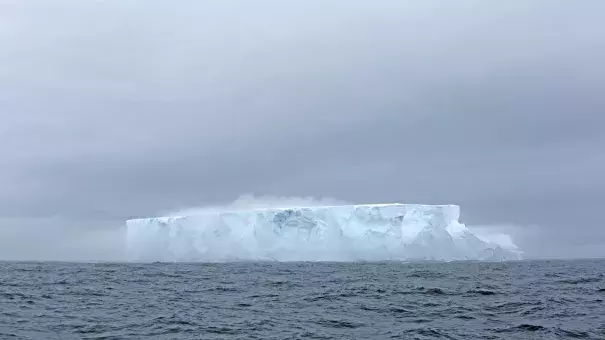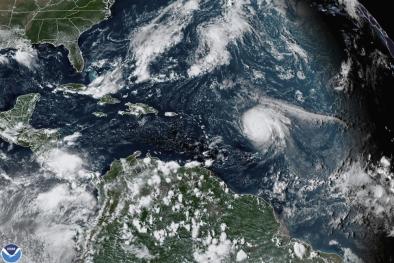New research solves a key climate change mystery off Antarctica

The Southern Ocean is the planet's main heat and greenhouse gas sink, and without it, global warming would be a lot worse. It's also one of the least-observed and understood parts of the global ocean, due largely to its remoteness and competing influences there, from Antarctic sea ice to changing weather patterns and the slow healing of the stratospheric ozone layer.
The context: We've long known that on the ocean surface, parts of the Southern Ocean have been cooling over time, while deeper waters have been warming and freshening. But why these disparate trends have occurred has eluded scientists.
In a new study, published this week in the journal Nature Geoscience, scientists compiled the most comprehensive set of Southern Ocean observations available from 1950-2014. The study compares observations collected by ships and floats with model results.
They then used a "detection and attribution" approach using computer modeling combined with statistical techniques and observations to determine what causes of climate change best align with observed changes.
What they found: A combination of increasing amounts of greenhouse gases in the atmosphere and the gradual healing of the human-caused ozone hole over Antarctica are the main two drivers of change in a large part of the Southern Ocean, with greenhouse gases playing the dominant role.
Related Content




